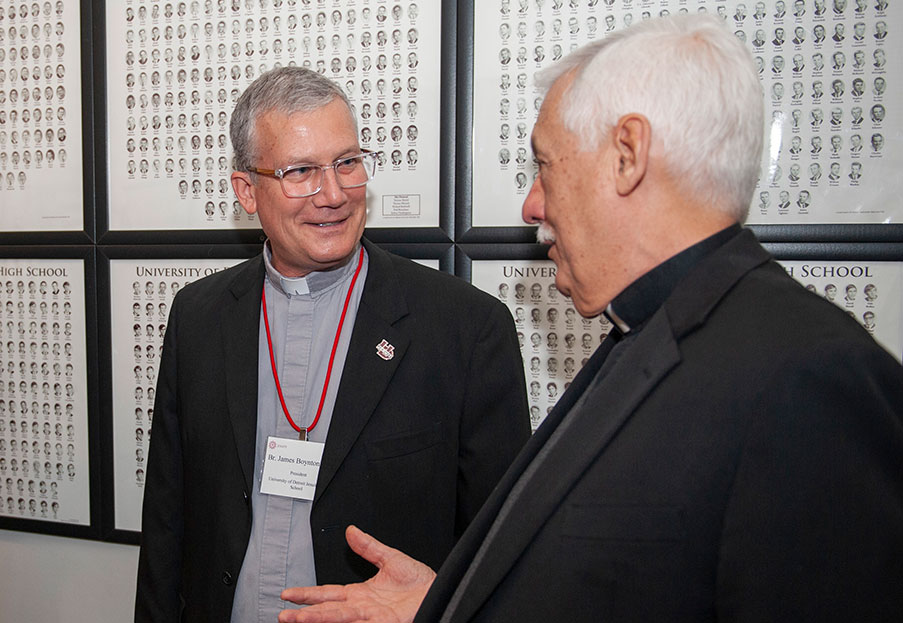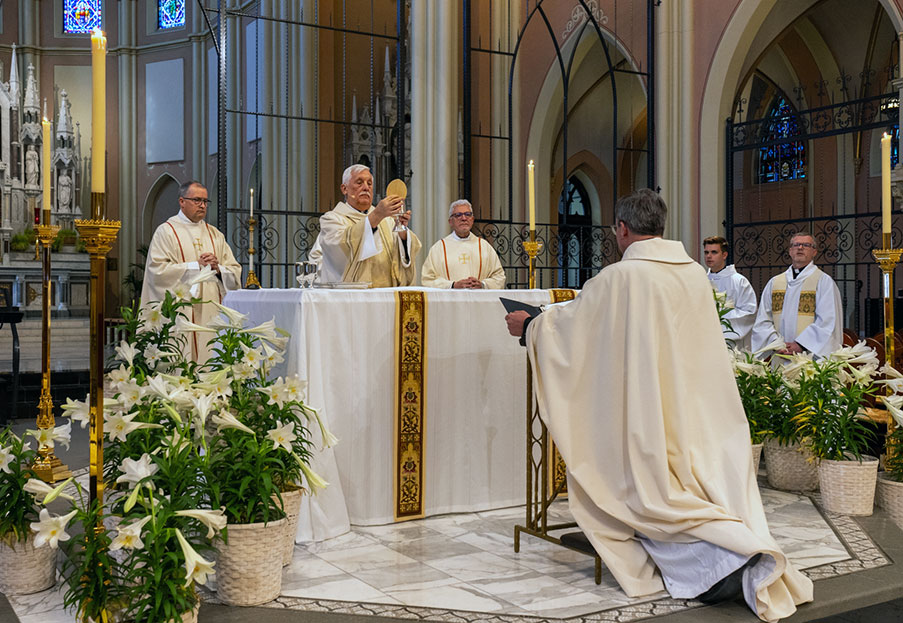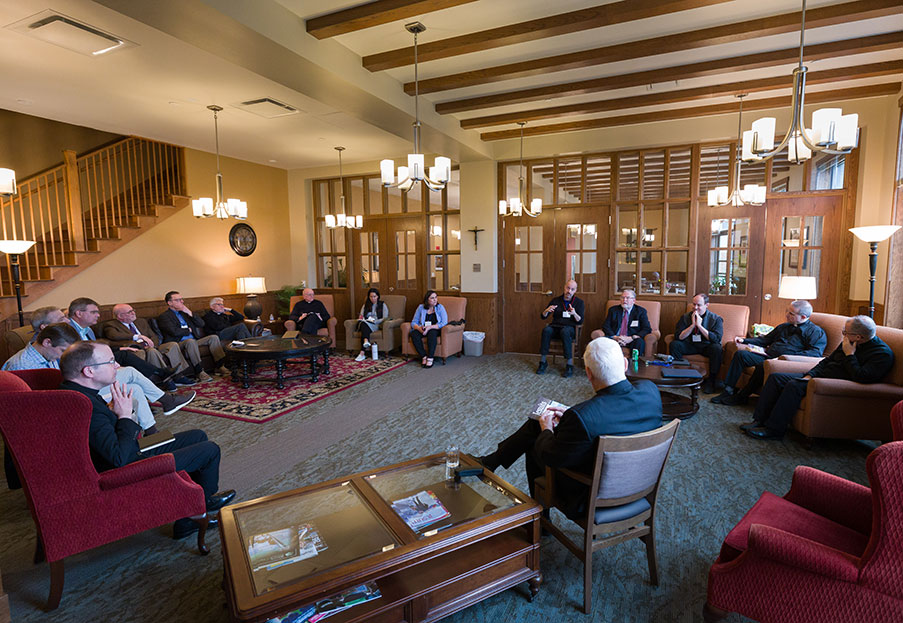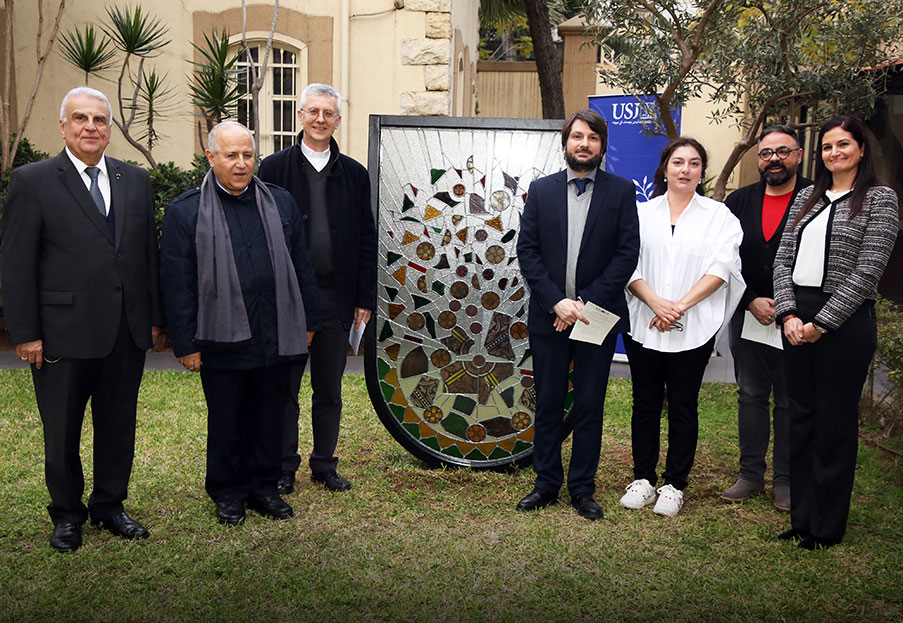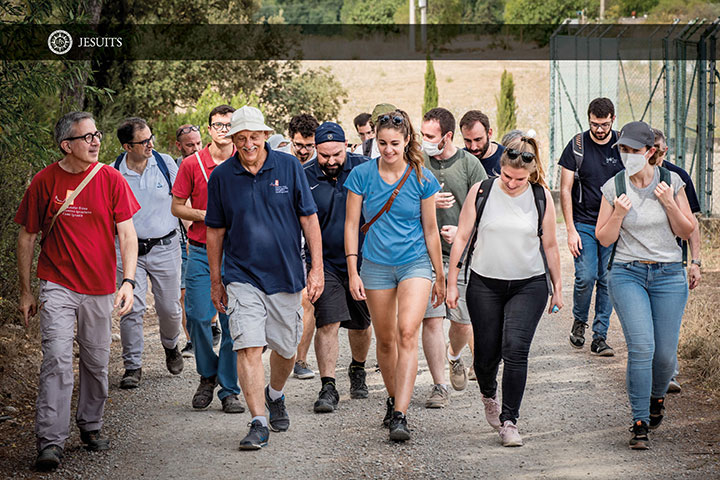Accompanying the Polish youth in University Chaplaincies

The Catholic students’ chaplaincy in Poland has its roots in the 14th century with the foundation of the Academy of Cracow. Its formal recognition as a separate pastoral activity of the Church came in 1928 at Warsaw. The bishops in university cities like Cracow, Vilnius, Lublin and Poznań founded similar centres.
The pastoral activity was usually centred on the Sodalities of Our Lady, a movement that was under the leadership of the Society of Jesus. Over the years, university students’ chaplaincy has remained an important involvement of the Jesuits in the major university cities of Poland.
The communist regime, after 1949, closed down and dissolved all Catholic organisations and restricted all forms of youth ministry. The Church, nevertheless, had continued this ministry in non-institutional forms: organizing small groups meetings and open lectures in churches or in rectories. Vacation camps served both, a time for relaxation and a time for spiritual renewal.
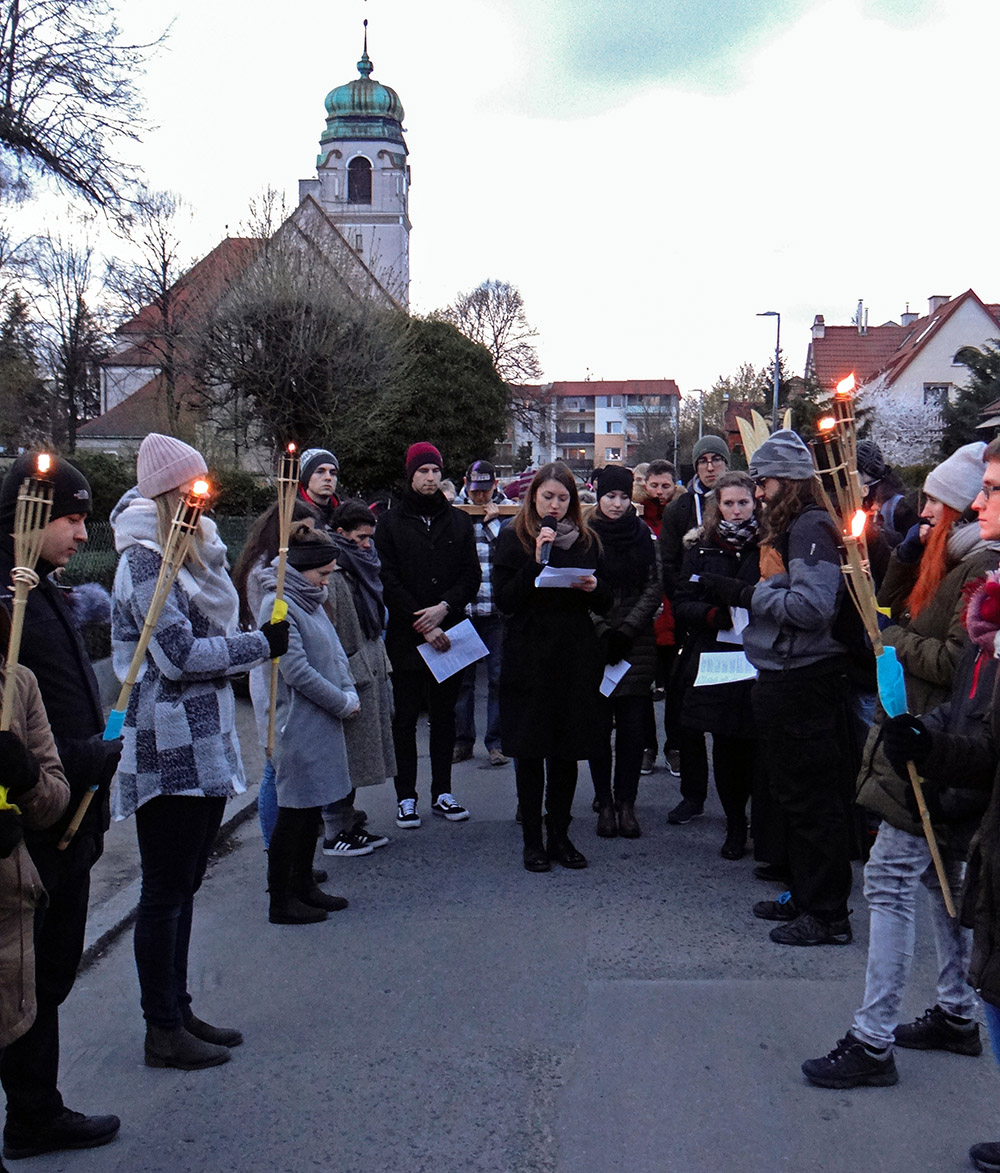
Until the breakthrough of 1989 in Poland, the main pastoral work consisted of academic catechesis, retreats, Sunday and weekday Eucharist, various devotions, preparation for the sacraments of initiation, open lectures on the issues of faith, morality, culture and the social doctrine of the Church. Summer and winter vacation camps were the basis for community integration but also served for formation. Original and popular pastoral activities were walking pilgrimages to the Shrine of Czestochowa or to other regional shrines.
After 1989, the pastoral methods changed and stressed formation. The Spiritual Exercises of Saint Ignatius have been offered in different “formats”, including, for those who could not easily participate in a retreat in a spiritual centre, a retreat in “daily life” according to “the 19th annotation”, in the Ignatian jargon.
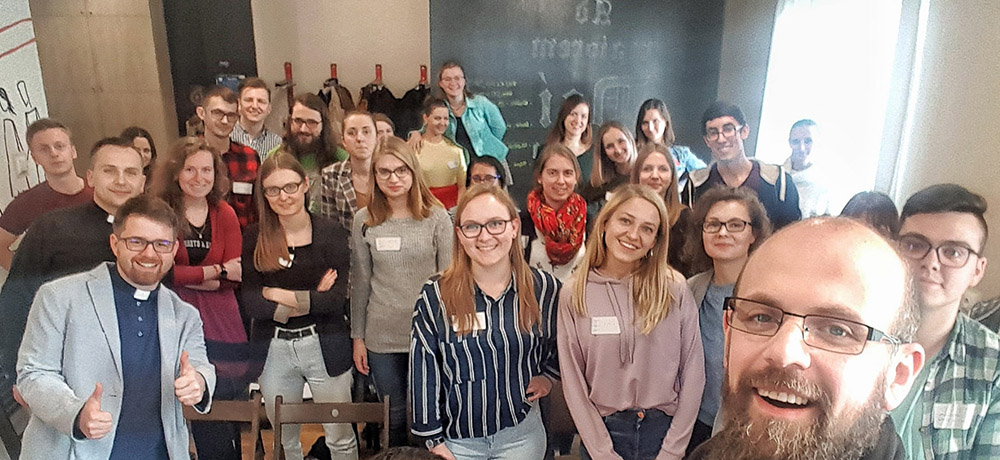
Here are some characteristics and elements of programmes of the main Jesuit chaplaincies:
-In Lublin, at the Catholic University or Lublin (since 1918): liturgical formation (choir, bible lecturers), charismatic renewal group, “Todo Modo” group (Ignatian spirituality), missionary volunteers, Oasis (Light and Life Movement) and CLC (Christian Life Communities).
-In Toruń, at the Nicolaus Copernicus University (with a Jesuit chaplaincy since 1949), the chaplaincy was recognized as a place of independent thought, open dialogue and discussion on issues of faith during the communist period. It has developed formation programmes for small communities, CLC, meditation and prayer groups, social and missionary volunteers groups and artistic creativity activities. It is called, The Wellspring.
-In Warsaw, the chaplaincy started in 1958 with lectures, individual spiritual guidance and daily Eucharistic celebrations until 1989. After the change of regime, new pastoral methods led to the creation of small communities. Among them are the St. John’s meditation group, the Magis community, the Taizé group and even a dance-training group. The last is known as The Oaktree.
-In Gdańsk, we find The Vineyard that also started in 1958. It went through several transformations and now offers activities in Ignatian spirituality, charismatic renewal prayer and social/missionary volunteering. All these guide the students to a communitarian faith experience leading to service.
